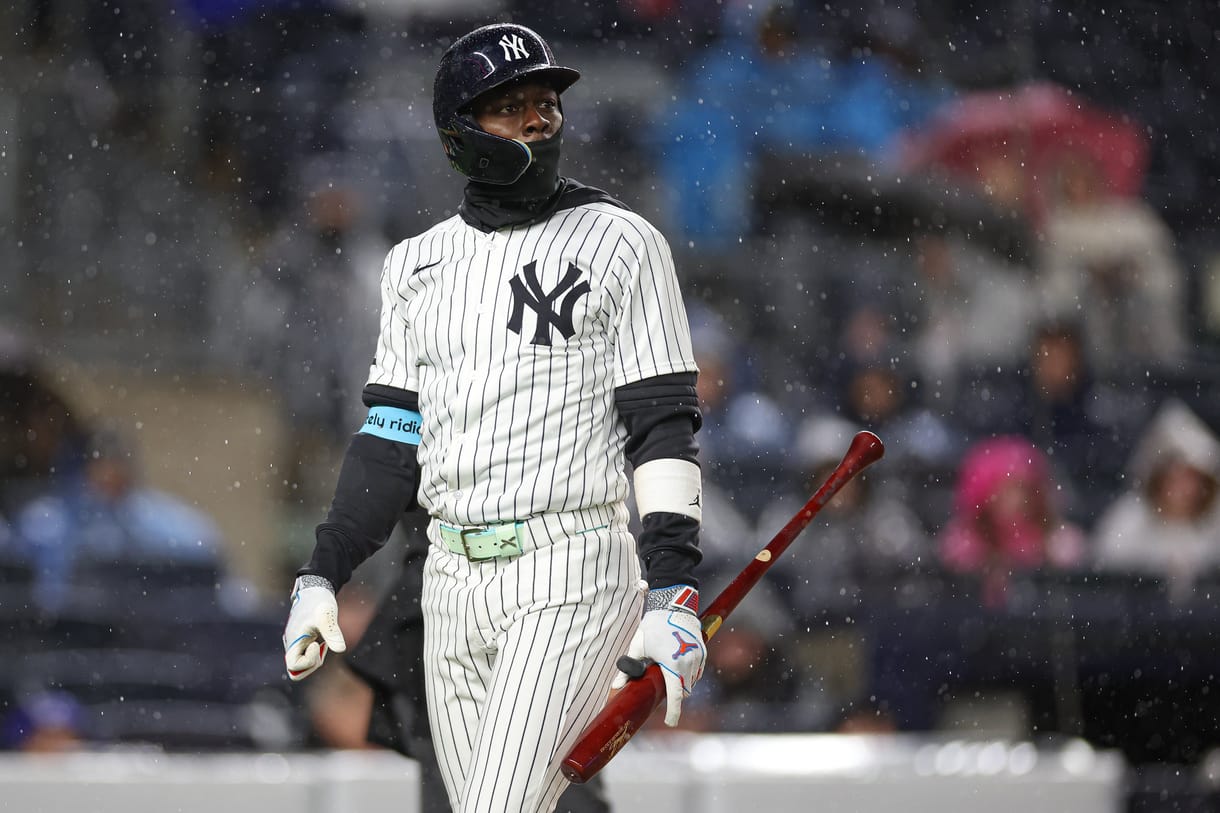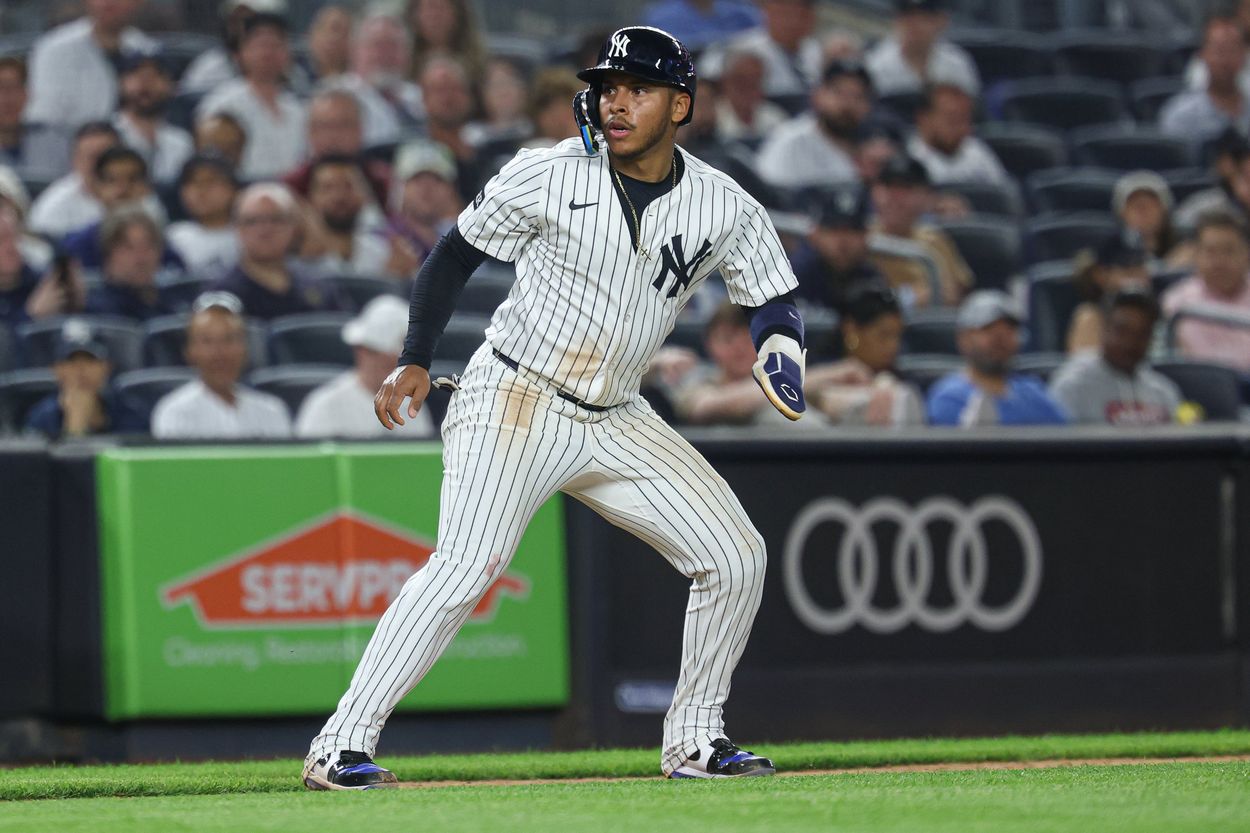
The hardest blows don’t always come with a loud crack of the bat. Sometimes, they come quietly — a wince, a limp, a whisper of bad news.
That’s what the Yankees are facing now as a key piece of their infield is sidelined by an injury far more serious than first believed.
They didn’t just lose a bat or a glove. They lost a pulse — a player who brought energy, speed, and swagger to the diamond.
Oblique strain proves far worse than expected
Jazz Chisholm’s injury initially seemed manageable, something he himself even tried to downplay.
But Saturday’s MRI revealed a much harsher truth — three tears in his oblique.
That kind of damage doesn’t just sideline a player. It reshapes a season.
The Yankees now expect to be without him until late June, leaving a major hole in their middle infield both defensively and emotionally.

Offensive struggles, but hidden value beneath the surface
Chisholm wasn’t exactly lighting it up before the injury, slashing just .181/.304/.410 with a .714 OPS and seven home runs.
But those raw numbers don’t tell the full story.
He ranked in the 83rd percentile in barrel percentage and was walking at a strong 12% clip, showing signs of discipline and power potential.
The problem was the whiff rate — a concerning 35.1% — and an inability to consistently find the barrel when it mattered most.
Still, even when his bat went quiet, Chisholm brought elite defense at second base and electrifying baserunning.
The Yankees need to survive the next stretch
With Chisholm out, the Yankees aren’t scrambling — but they’re definitely adjusting.
They’ve turned to Jorbit Vivas, a contact-heavy infielder with excellent plate discipline and a calm presence at the plate.
He’s not expected to be a star. He’s expected to hold the line.
Vivas could help stabilize the bottom of the order and turn over the lineup with quality at-bats. But make no mistake — there will be growing pains.
The jump to the big leagues is steep, and consistency will be tough for a rookie still learning on the fly.

Why this injury stings beyond the stat sheet
Chisholm is more than his OPS or his sprint speed. He’s a spark plug — the kind of player who changes energy in a dugout.
Watching him fly around the bases or dive for a ball up the middle felt like watching a firework barely under control.
Now, the Yankees are left without that edge, that chaos, that emotion — the very traits that can tilt close games.
All eyes turn to the second half
The Yankees hope Chisholm can rehab successfully and rejoin the lineup by late June or early July.
If he returns healthy and refreshed, he could be the jolt the team needs in the season’s second act.
But until then, they’ll be leaning on depth, discipline, and determination.
Popular reading:
The Yankees are slowly reduing the role of star outfield prospect
!function(){var g=window;g.googletag=g.googletag||{},g.googletag.cmd=g.googletag.cmd||[],g.googletag.cmd.push(function(){g.googletag.pubads().setTargeting(“has-featured-video”,”true”)})}();var _bp=_bp||[];_bp.push({“div”:”Brid_2109985″,”obj”:{“id”:”30505″,”width”:”1280″,”height”:”720″,”stickyDirection”:”below”,”video”:”2109985″,”poster”:”https://empiresportsmedia.com/wp-content/plugins/tpd-addons/blocks/featured-video/src/img/1×1-white.png”}});https://player.target-video.com/player/build/targetvideo.min.js